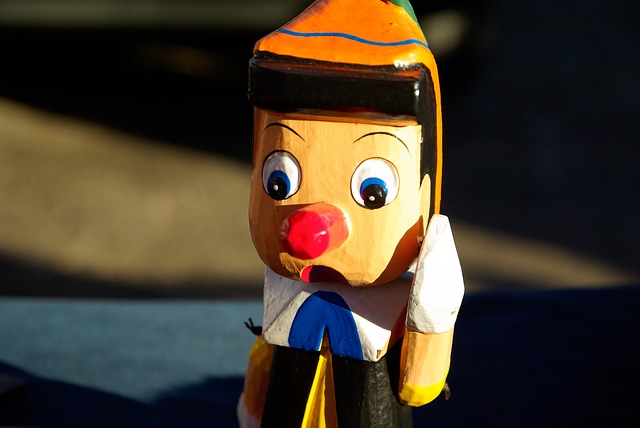People who tell small lies tend to progress to bigger untruths, as the brain seems to adapt to dishonesty over time, a new study suggests.
The findings back the wisdom of the age-old phrase “down a slippery slope,” which is often used to describe straying partners, corrupt politicians, small-time criminals and others as a way of rationalizing their bad behavior, the New York Times reports.
Tali Sharot, a senior author on the study and an associate professor of cognitive neuroscience at University College London, says, “They usually tell a story where they started small and got larger and larger, and then they suddenly found themselves committing quite severe acts.”
Everybody lies, from half-truths to full-blown whoppers. Some are dished out with good intentions, such as to make others feel better or soften the blow on information. But, of course, there are people who lie more than others.
Dishonesty is a difficult area to study, given its rather qualitative rather than quantitative nature. Dr. Sharot and her team came up with an ingenious experiment that offered participants the chance to lie by choice, and gave them rewards for doing so.
During the experiments, a functional MRI scanning device tracked brain activity. The researchers focused on the amygdala, the area of the brain linked to emotional response.
Participants, half of whom were actors, were paired off. One group was asked to tell their partner in another room about how many pennies were in a jar. The participants started out with small lies and progressed to bigger ones, especially when they believed that lying would benefit them.
As the lying grew, the response in the amygdala decreased. The size of the decline from one experiment to another predicted how big the next lie would be.
The results suggested that as the brain becomes desensitized the more and the longer a person lies, because the negative emotional signals associated with lying decrease.
Dr. Sharot says,
Think about it like perfume. You buy a new perfume, and it smells strongly. A few days later, it smells less. And a month later, you don’t smell it at all.
But functional imaging is a blunt instrument, and brain fluctuations can be difficult to interpret. Dr. Sharot admitted that their study could not exactly pinpoint what kind of response the decreased activity in the amygdala showed. She does say, “We know for sure it’s related to lying.”
To be certain, the researchers included multiple checks on their results and replicated some aspects of it before publication. Neil Garrett, a doctoral student at University College London at the time, Dan Ariely of Duke University and Stephanie C. Lazzaro of University College London were the authors of the study.
The study was published in the journal Nature Neuroscience.
























